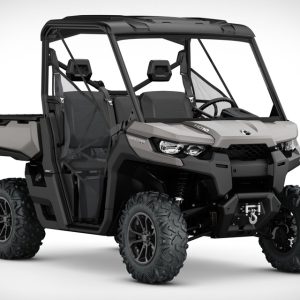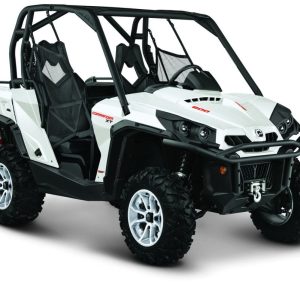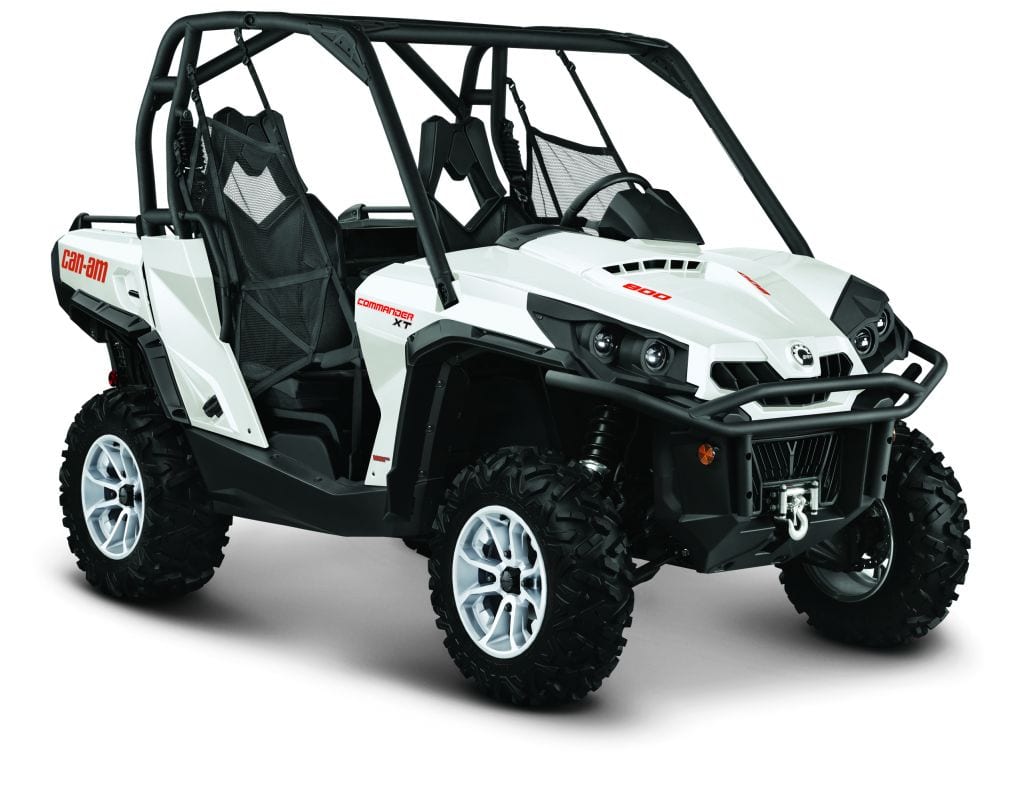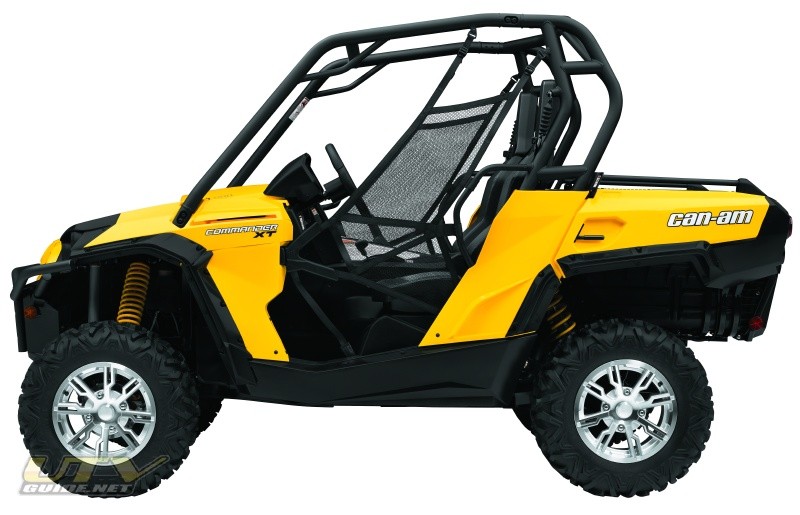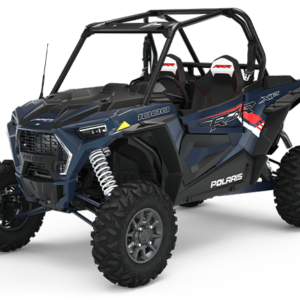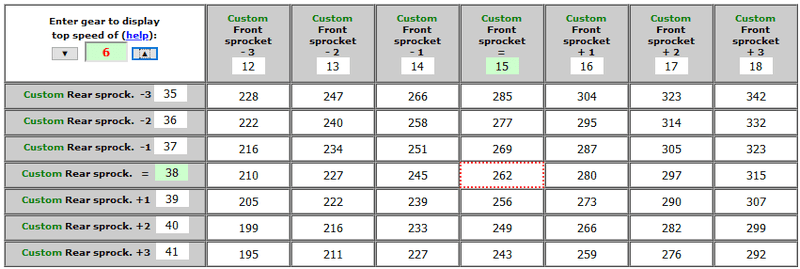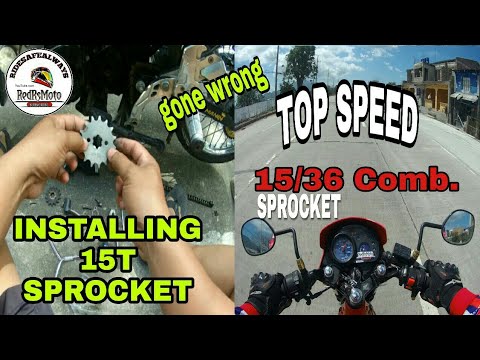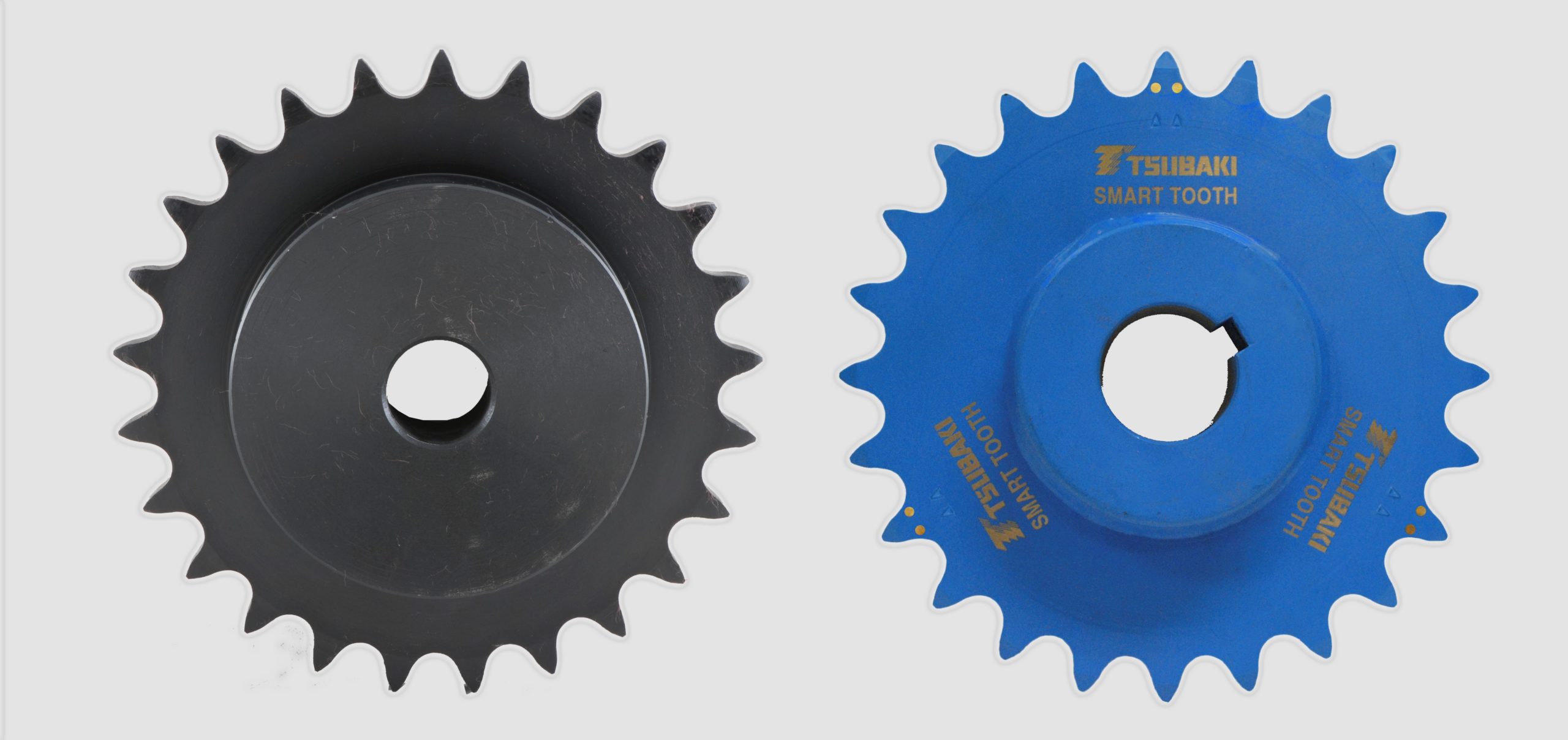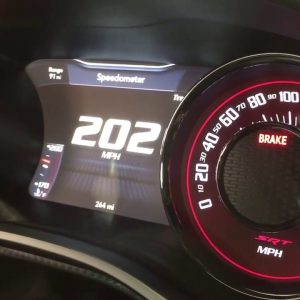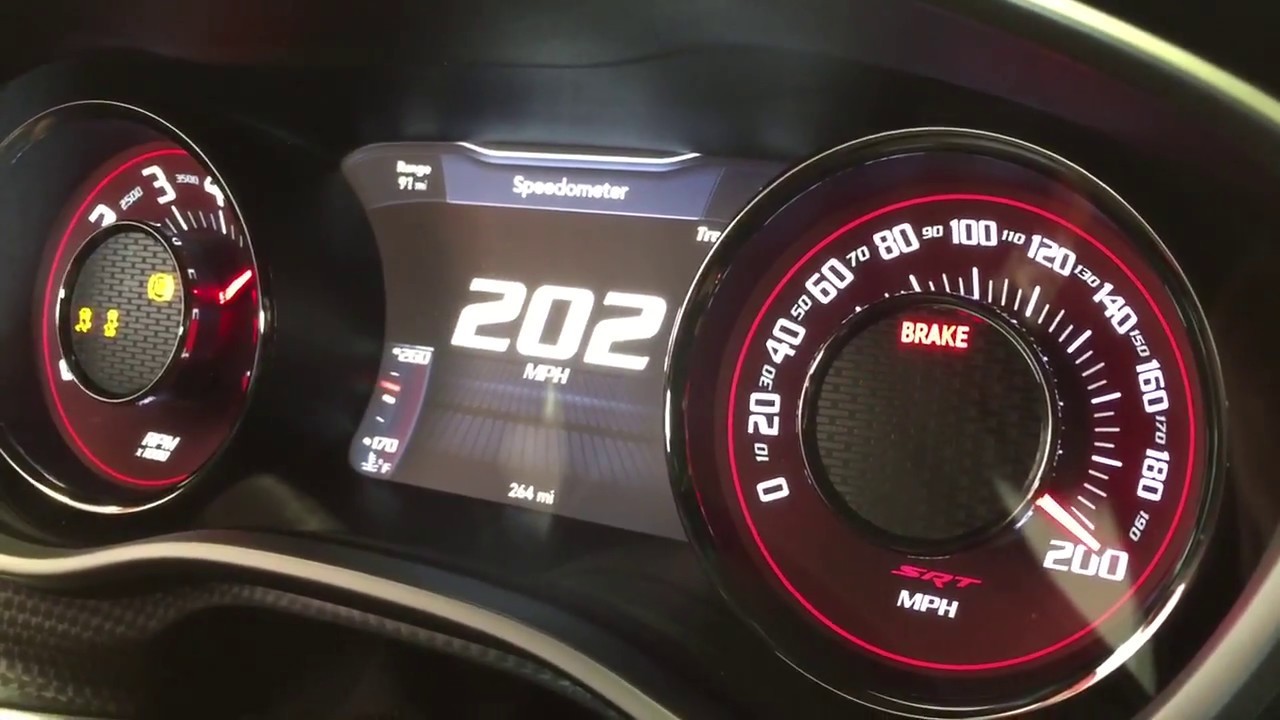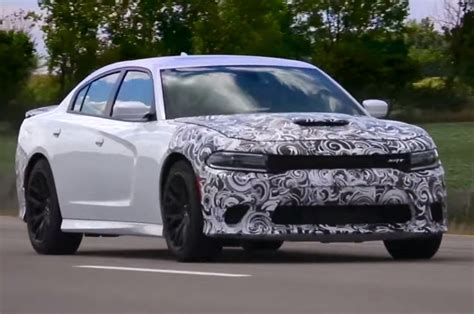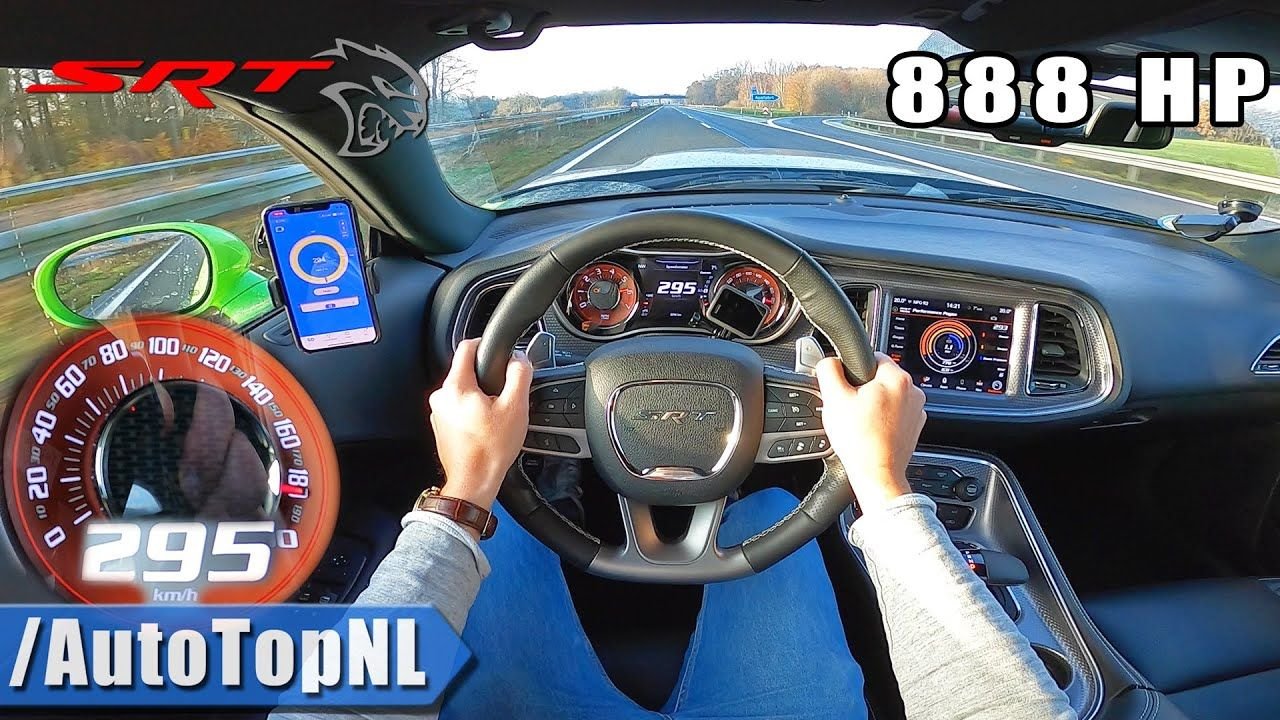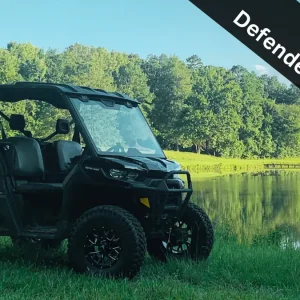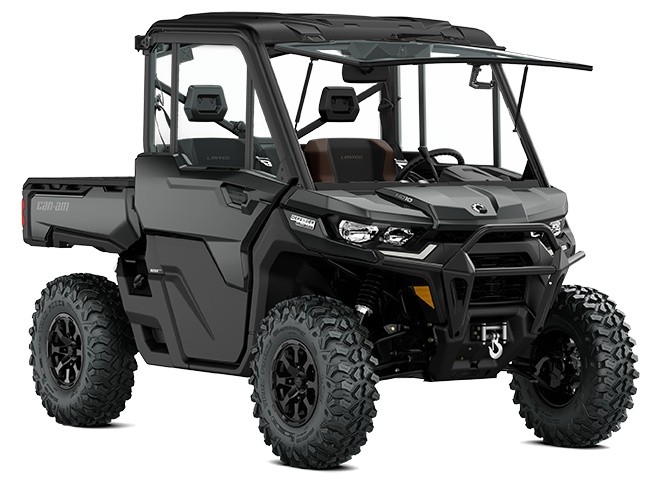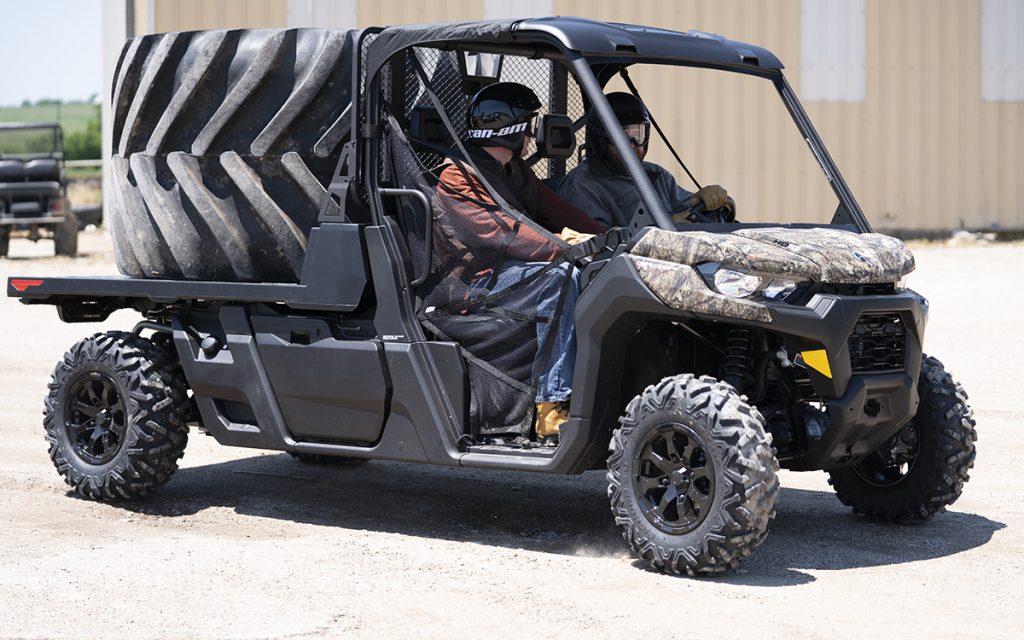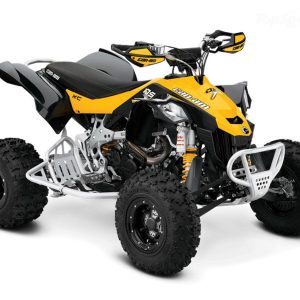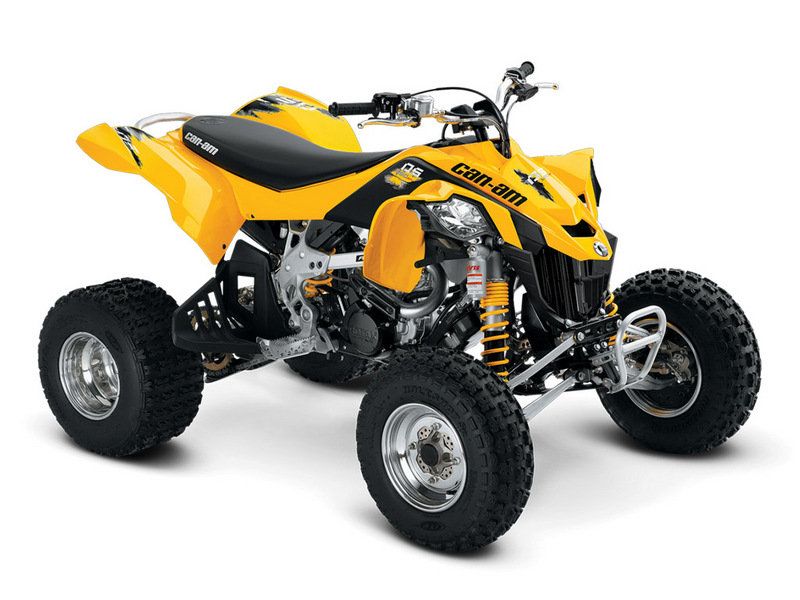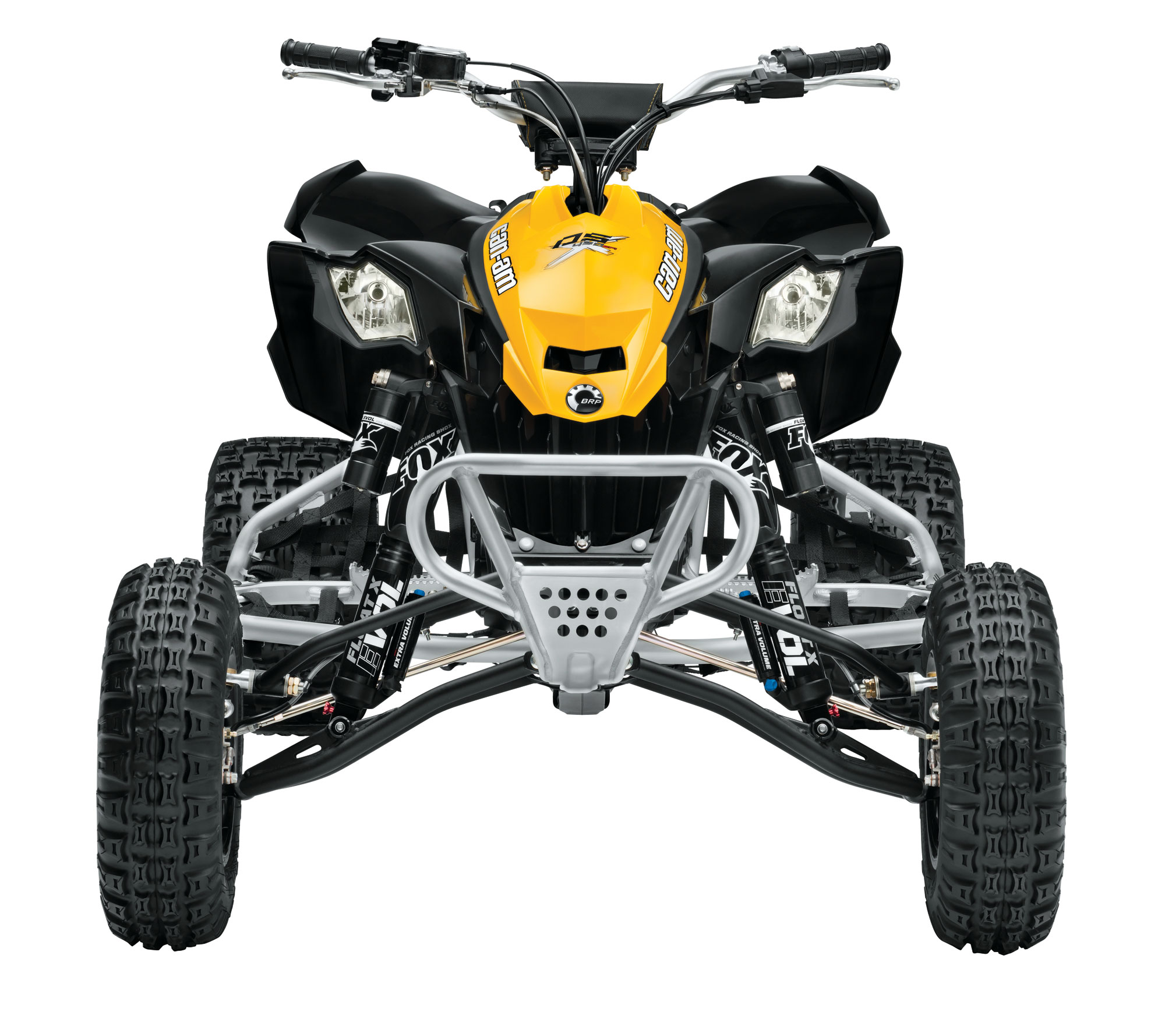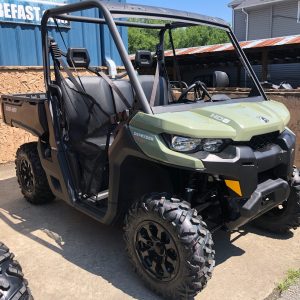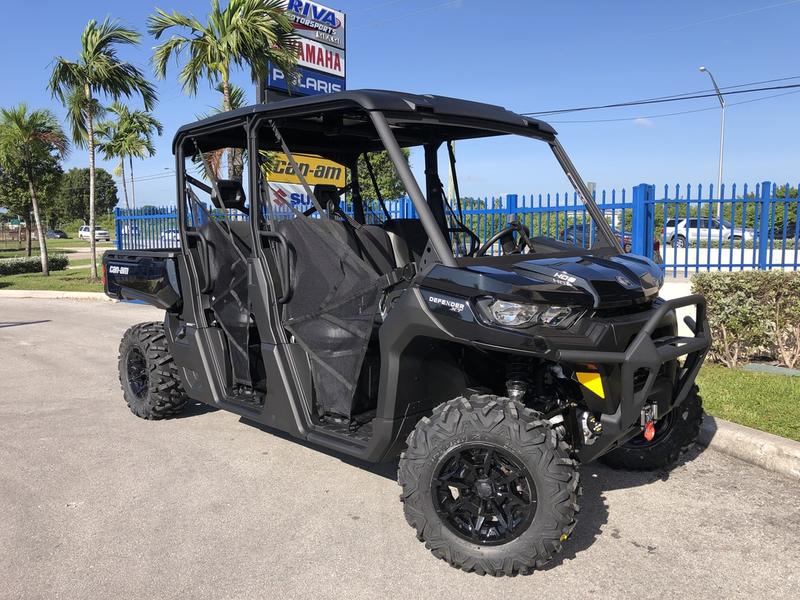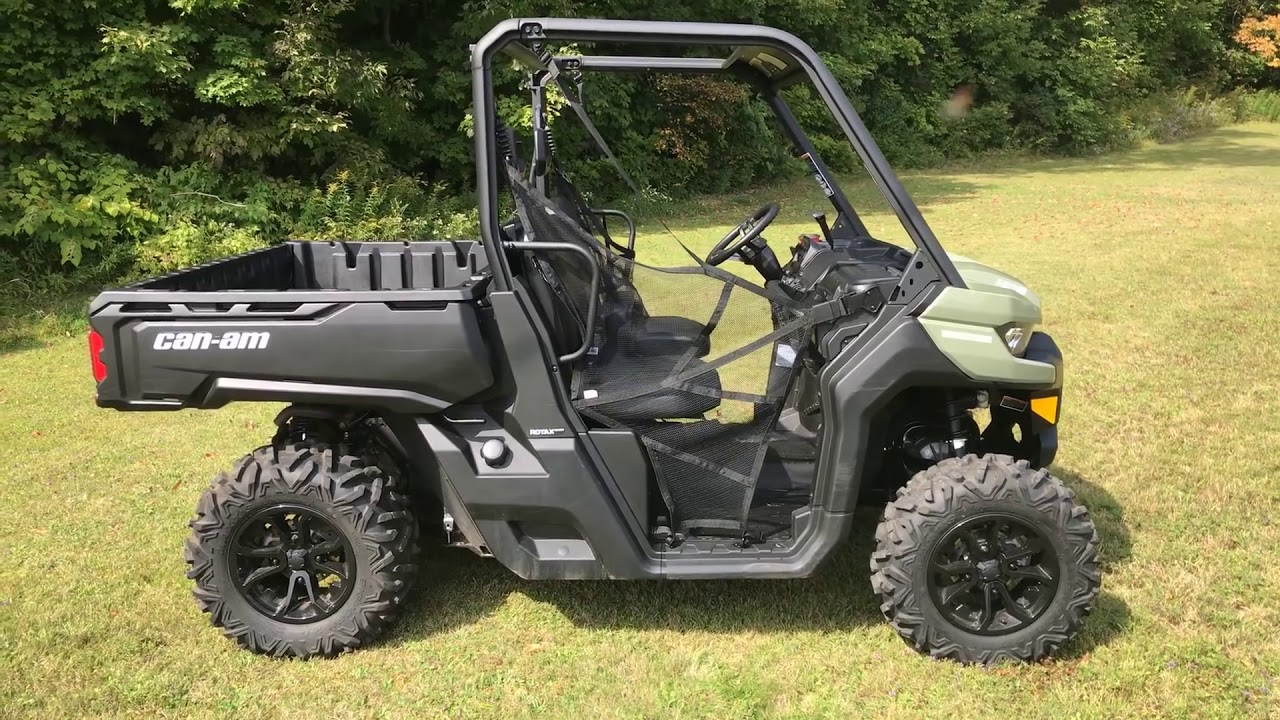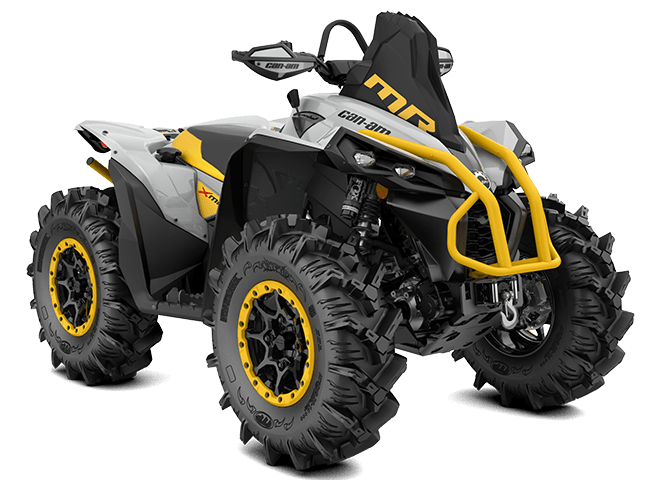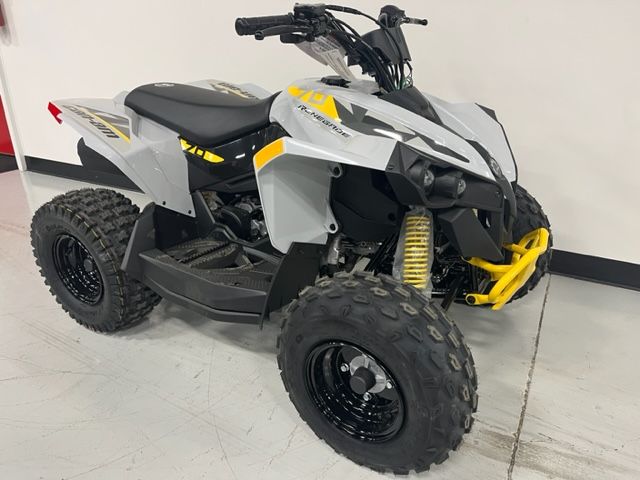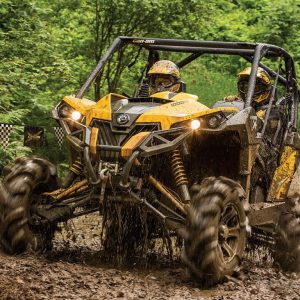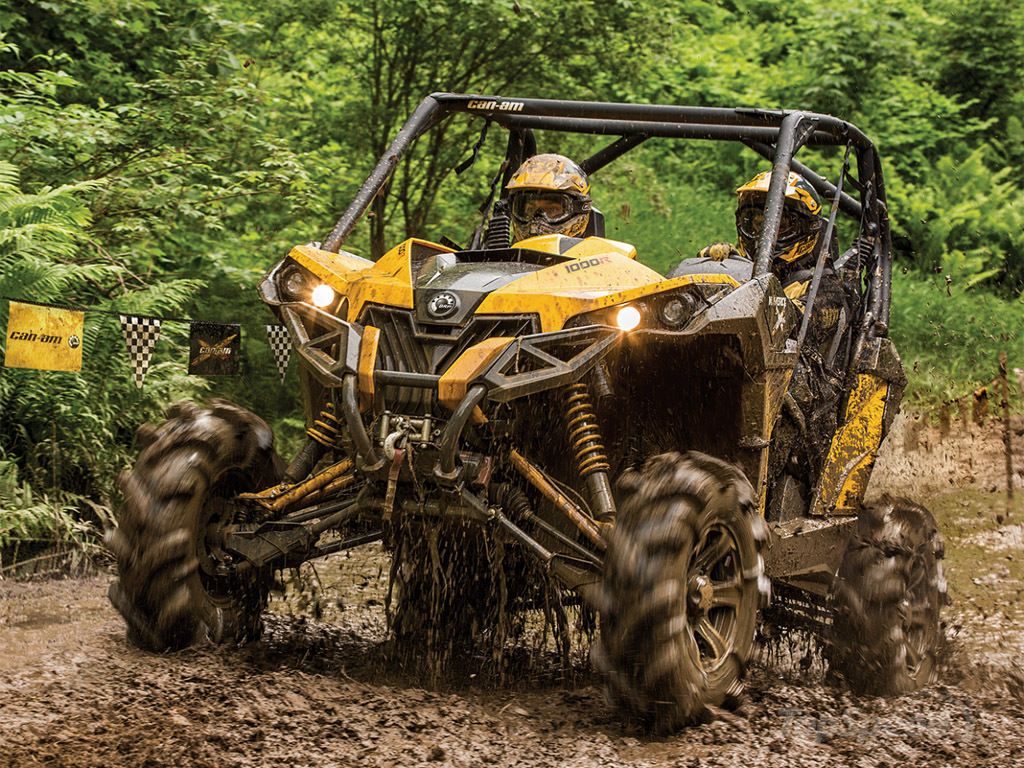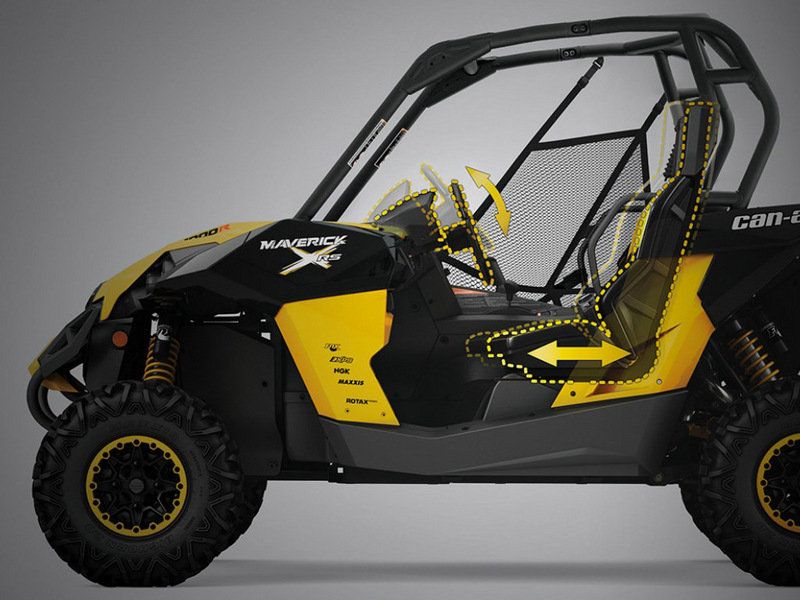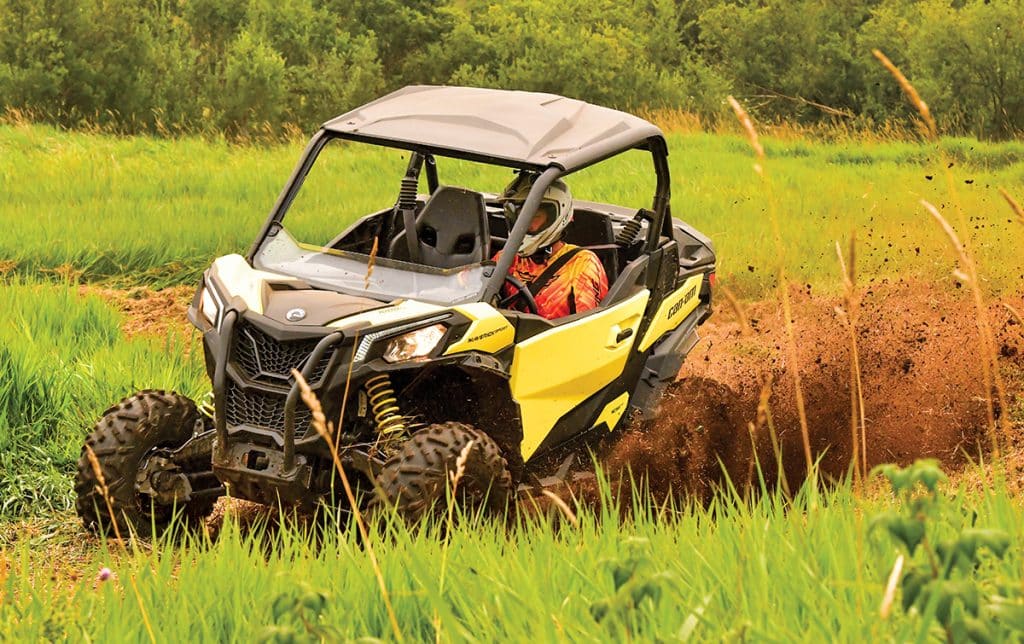Can-Am Defender Top Speed
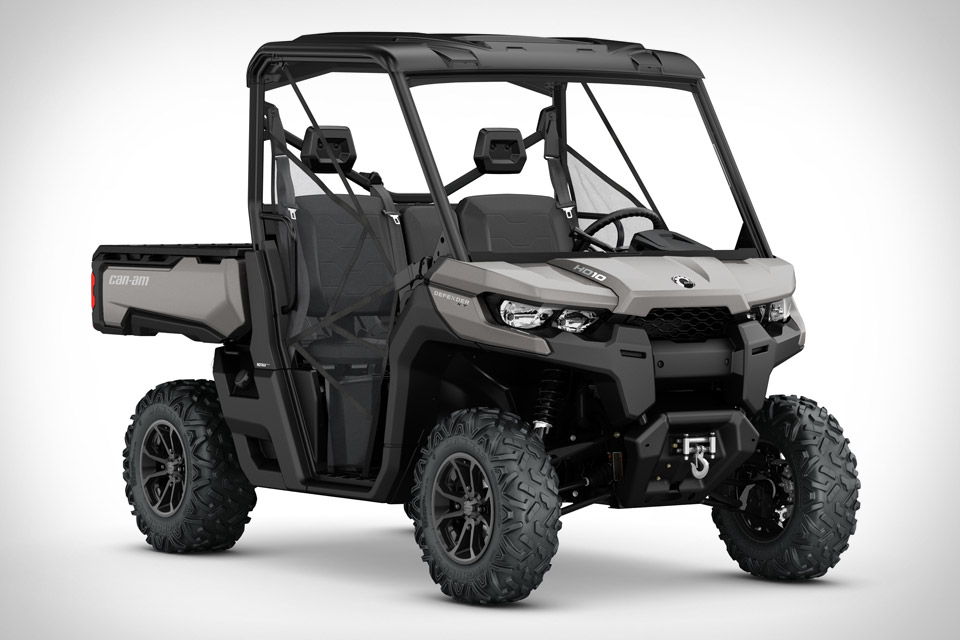
Executive Summary
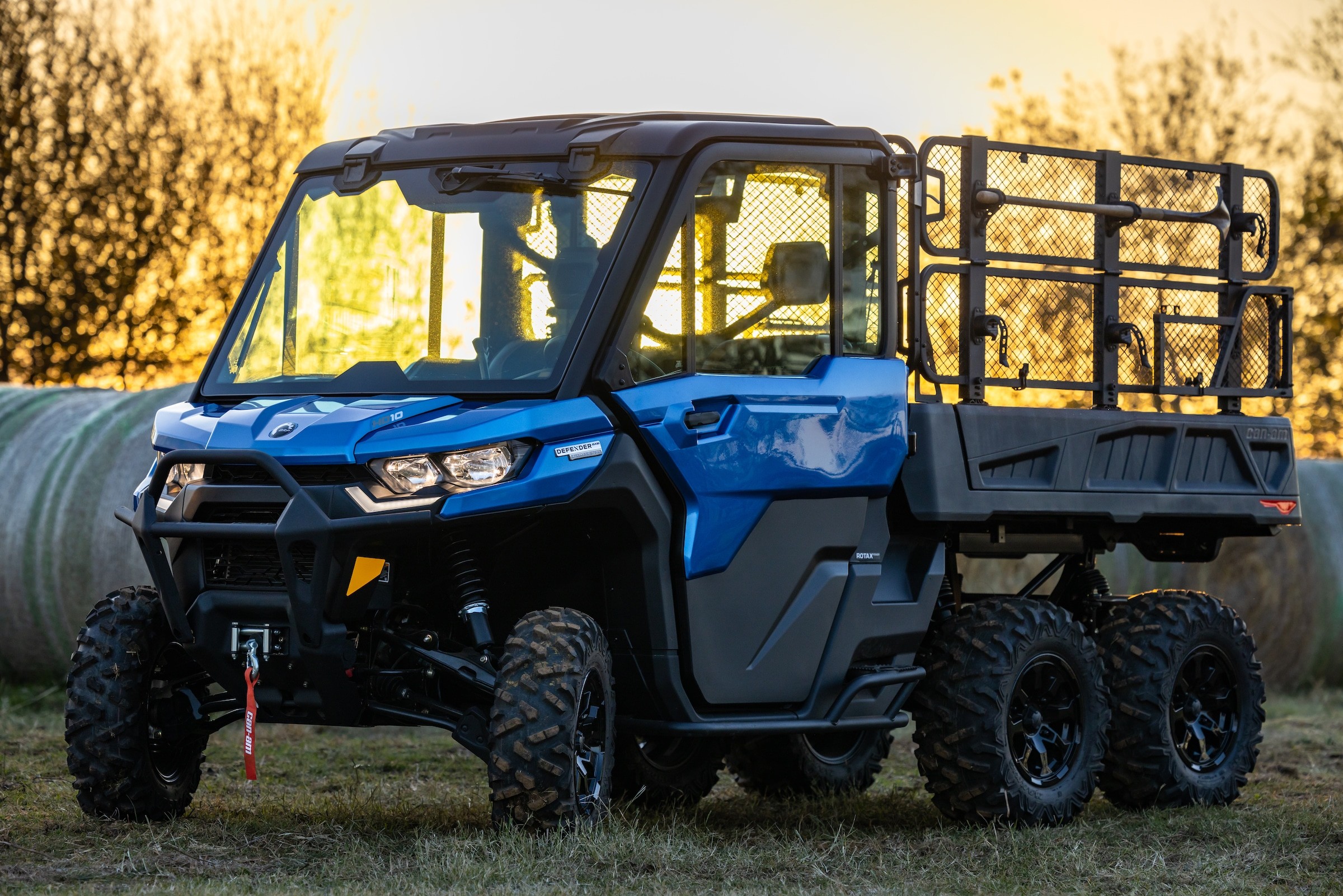
The Can-Am Defender is a popular side-by-side utility vehicle known for its ruggedness, power, and versatility. One of the key considerations for potential buyers is the top speed of the Defender, which varies depending on the model and modifications. This article delves into the factors that influence the Defender’s top speed, exploring the different models, potential modifications, and legal speed limits.
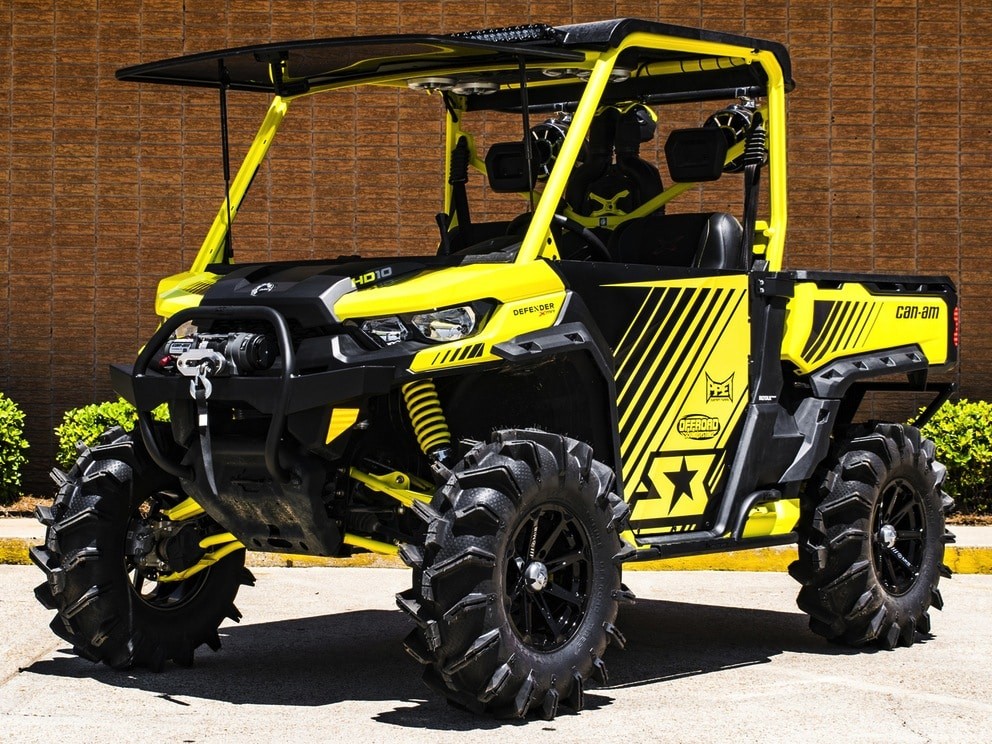
Introduction
The Can-Am Defender is a reliable and versatile side-by-side vehicle favored for its capability in challenging terrains. It’s a popular choice for a variety of applications, including farming, hunting, and recreational riding. One of the most frequent questions potential buyers ask is about the Defender’s top speed. This article aims to provide a comprehensive understanding of the Defender’s top speed capabilities.
Frequently Asked Questions
1. What is the top speed of a stock Can-Am Defender?
The top speed of a stock Can-Am Defender can vary depending on the model. Generally, they have a top speed between 45 and 55 mph.
2. Can I increase the top speed of my Can-Am Defender?
Yes, there are several modifications you can make to increase the top speed of your Defender. However, it is important to note that exceeding the manufacturer’s recommended speed limits can compromise safety and void the warranty.
3. Are there legal speed limits for side-by-sides?
Yes, legal speed limits for side-by-sides can vary depending on the location. Always be sure to check the local laws and regulations before operating your Defender.
Can-Am Defender Models and Top Speeds
The Can-Am Defender comes in several different models, each with unique features and specifications. The top speed of each model can vary based on the engine size, transmission, and other factors.
- Can-Am Defender HD8: This model is equipped with an 800cc engine and has a top speed of around 50 mph.
- Can-Am Defender HD10: This model is powered by a 1000cc engine and has a top speed of around 55 mph.
- Can-Am Defender XT: The XT models are known for their enhanced features, including a larger suspension travel and upgraded tires. They generally have a top speed similar to the standard HD models.
- Can-Am Defender XMR: These models are designed for extreme off-roading. They have a more aggressive suspension, larger tires, and a higher ground clearance. The XMR models typically have a top speed slightly lower than the standard HD models due to the heavier tires and suspension.
Modifications to Increase Top Speed
If you’re looking to increase the top speed of your Can-Am Defender, there are several modifications you can make. However, it’s important to remember that these modifications may void your warranty and could potentially compromise the safety of your vehicle.
- Exhaust System: Replacing the stock exhaust system with a high-flow aftermarket exhaust can increase airflow and horsepower, resulting in a higher top speed.
- Engine Tuning: Reprogramming the engine control unit (ECU) can optimize engine performance and increase horsepower.
- Clutch Tuning: Adjusting the clutch weights and springs can improve acceleration and top speed.
- Tires: Replacing the stock tires with lighter and more aerodynamic tires can reduce rolling resistance and increase top speed.
Legal Speed Limits
It is crucial to remember that exceeding the legal speed limits for side-by-sides can result in fines, accidents, and even the revocation of your driving privileges. Local laws and regulations regarding speed limits for side-by-sides can vary significantly. It’s essential to familiarize yourself with the specific rules in your area.
Conclusion
The Can-Am Defender is a versatile and capable side-by-side vehicle that offers a variety of model options to suit different needs. While the top speed can vary depending on the model and modifications, it’s important to prioritize safety and operate your Defender within legal limits. Understanding the factors that influence the Defender’s top speed and the legal regulations surrounding side-by-side use will help you maximize your enjoyment and safety while driving this impressive vehicle.
Tags
Can-Am Defender, Top Speed, Side-by-Side, Off-Road Vehicle, Utility Vehicle, Modifications, Speed Limits, Legal Regulations.
